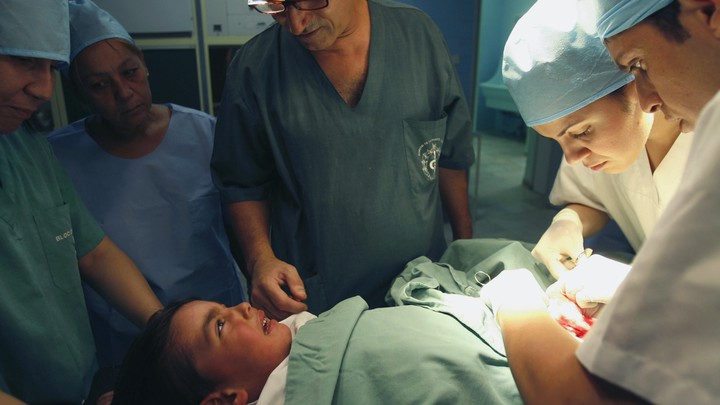There are many factors that go into the anesthetic used in circumcision. Anesthetic agent is a key factor. There are many options, but the most common include a ringblock or general anesthetic. In the current study, the ring block proved to be the best choice. Because it is low-risk, parents and physicians prefer this method. Anesthetic agents are the most common choice for circumcision, and two types are available: a local anesthetic and a general anesthetic. These two options can be used safely and effectively.
The local anesthetic is better than the general. This type anesthetic creates a numbing sensation around the site of circumcision. The general anesthetic blocks the pain and reduces the reflexes throughout the body. This makes the circumcision process safer and easier. During circumcision, the dorsal penile nervous is also blocked. This type of anesthesia is not recommended because it can cause acquired methemoglobinemia. The newborn’s oxygen metabolism is very immature so any anesthetic could affect the baby’s blood pressure and heart rate. A dorsal Penile Nerve Block can increase the danger of methemoglobinemia (a life-threatening condition).

It is important to remember that the anesthesia you choose should be safe. A local anaesthetic can be applied to numb the area, but it’s important to give your child anesthesia for the entire circumcision procedure. Anesthesia will reduce pain and minimize the risk of injury to the penis. Anesthesia will reduce the fear that the child might have about their sexual organs. You can apply a topical anesthetic such as a “ring block” to the abdomen prior to the procedure. After the circumcision, the ring block will be applied. The dorsal penile nerve block is applied after the child’s belly has been separated. This is also the best way to make the circumcision safer and easier.
The pain relief from both anesthetics are similar. In some cases, the ringblock will be more effective. The eutectic mixture of local anesthetics may be less effective during the incision and foreskin separation. In addition, the EMLA is less effective than the dorsal penile nerve block during this procedure. During the clamping-on stage, EMLA caused most distress in the newborns. It was also less effective than placebo. However, the EMLA is not an effective choice for circumcision. The most effective topical anesthetic among the studies on circumcision anesthesia was the one that was not studied.
It did not reduce pain risk and was not as effective than the dorsal penile neural block. EMLA was beneficial for infiltration groups, but it was not as effective than the dorsally administered medication. Although topical anesthetics were less efficient than dorsal nerve block, they were more effective in preventing discomfort during the procedure. Another study examined the effect of anesthetic agents on the process of circumcision. Even though Adelaide circumcision clinic is an essential procedure, it can lead to serious complications. Both procedures can cause bleeding, bleeding, and infection.
In these studies, the topical anesthetic was the most effective for reducing pain during the procedure. Its long-lasting effects were not measured by the blood test, but compared to the ring block, EMLA was more effective. To anesthetize and treat the skin, the eutectic mixture was used. It is very effective for minor procedures. It can cause methemoglobinemia in newborns due to the combination of local and epidural anesthetics.
This type of anesthetic has many side effects, including infection, and is not advisable for infants. Infiltration can also have a limited impact on the nervous system. For many years, the ring block has been the standard for care for circumcision. A ring block is the best option for circumcision. It does not cause complications and is suitable for children. For circumcision, anesthesia is a good option. Ring blocks have fewer risks and are less painful than dorsal ones. So, do not let fear of pain or ring blocks prevent you from getting the most effective anesthesia.
